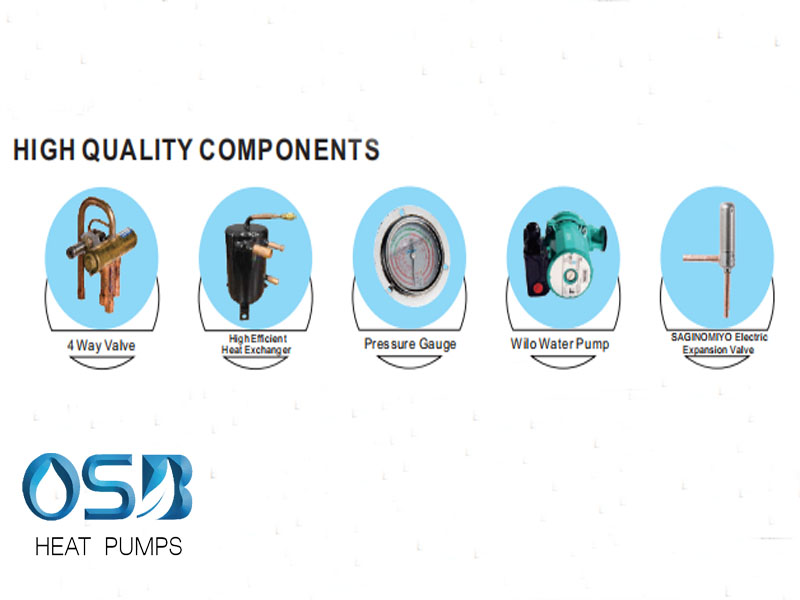
Advantages of casing heat exchange
① the structure is simple and the heat transfer area can be increased or decreased freely. Because it is composed of standard components, no additional processing is required during installation.
② high heat transfer efficiency. It is a pure counter current heat exchange. At the same time, it can also select the appropriate section size to improve the fluid speed and increase the heat transfer coefficient of the fluid on both sides, so its heat transfer effect is good. The heat transfer coefficient of liquid-liquid heat transfer is 870-1750w / (M2 ·℃). This is especially suitable for the heat transfer of high pressure, small flow and low heat transfer coefficient fluid. The disadvantages of the casing heat exchange are that it covers a large area; the metal consumption per unit heat transfer area is more than 5 times of that of the shell and tube heat exchange; there are many pipe joints, which are easy to leak; the flow resistance is large.
③ the structure is simple, the work scope is large, the heat transfer area is easy to increase or decrease, the fluid on both sides can improve the flow rate, so that both sides of the heat transfer surface can have higher heat transfer coefficient, which is the large metal consumption per unit heat transfer surface. In order to increase the heat transfer area and improve the heat transfer effect, various kinds of fins can be added to the outer wall of the inner tube, and the film scraping disturbance device can be added to the inner tube to adapt to the high temperature. Heat transfer of viscosity fluid.
Throttling devices capillary, electronic expansion valve and thermal expansion valve.
Throttle valve can be divided into capillary throttle, thermal expansion valve throttle (internal balance, external balance) and electronic expansion valve throttle. By changing the pressure change of refrigerant, the process of refrigerant realization, liquefaction and gasification can be realized. The detection and data collection of superheat or temperature difference between inlet and outlet air, return air temperature and its set value can be controlled after microprocessor processing. Make the opening of expansion valve to meet the requirements of system load. The advantage of electronic expansion valve is that it can precisely control the refrigerant flow, so as to precisely control the evaporation temperature. It is usually used in places with high temperature control accuracy requirements.

